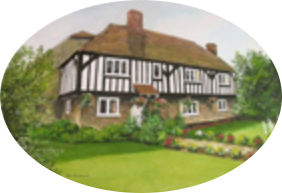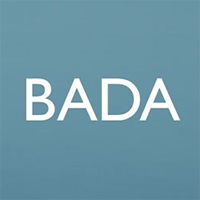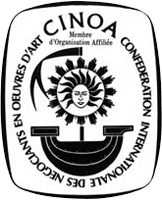Victorian Penny Whistle Novelty Propelling Pencil
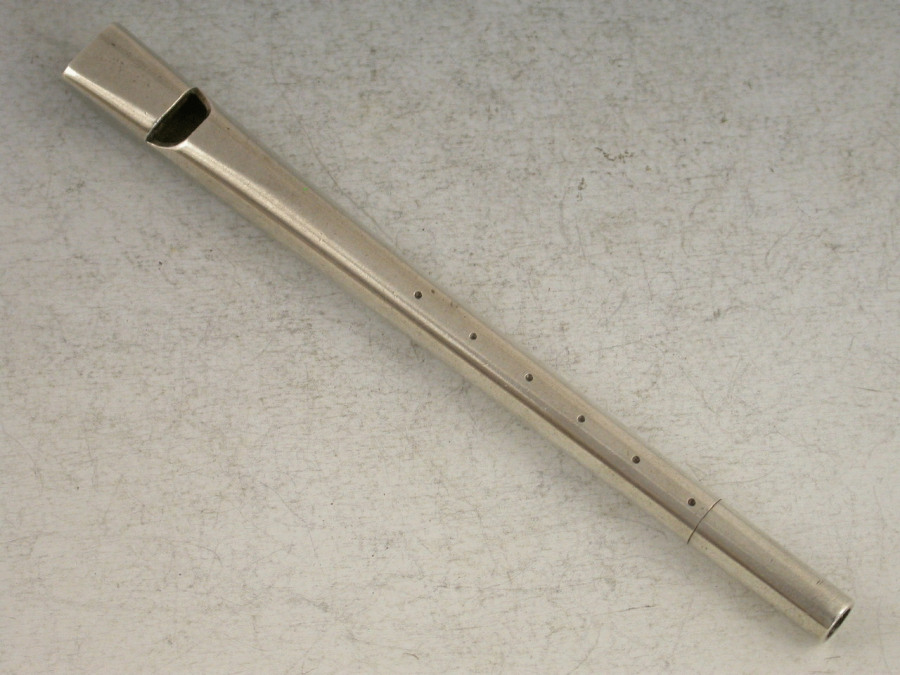
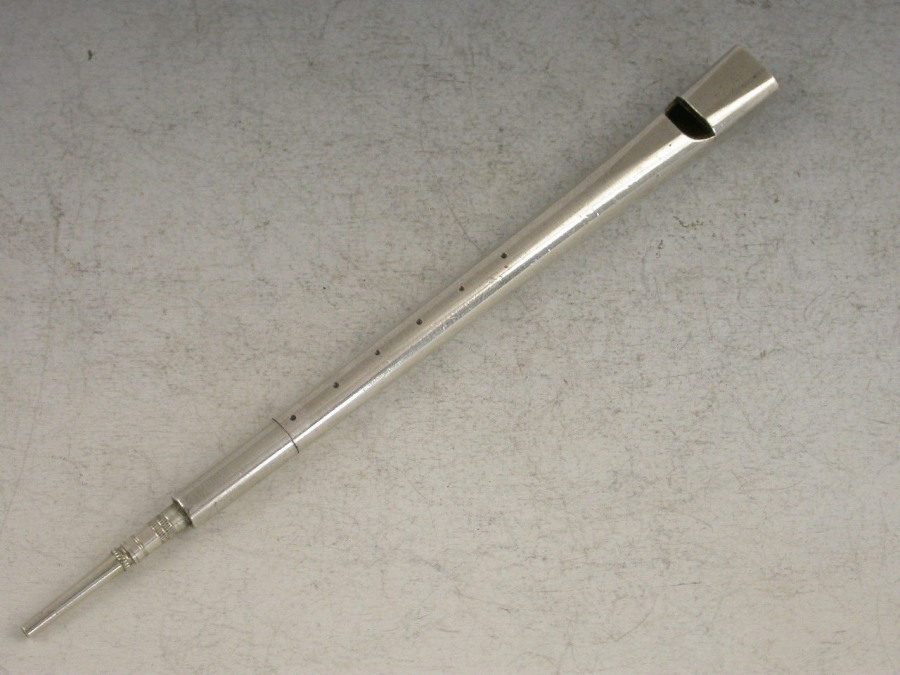
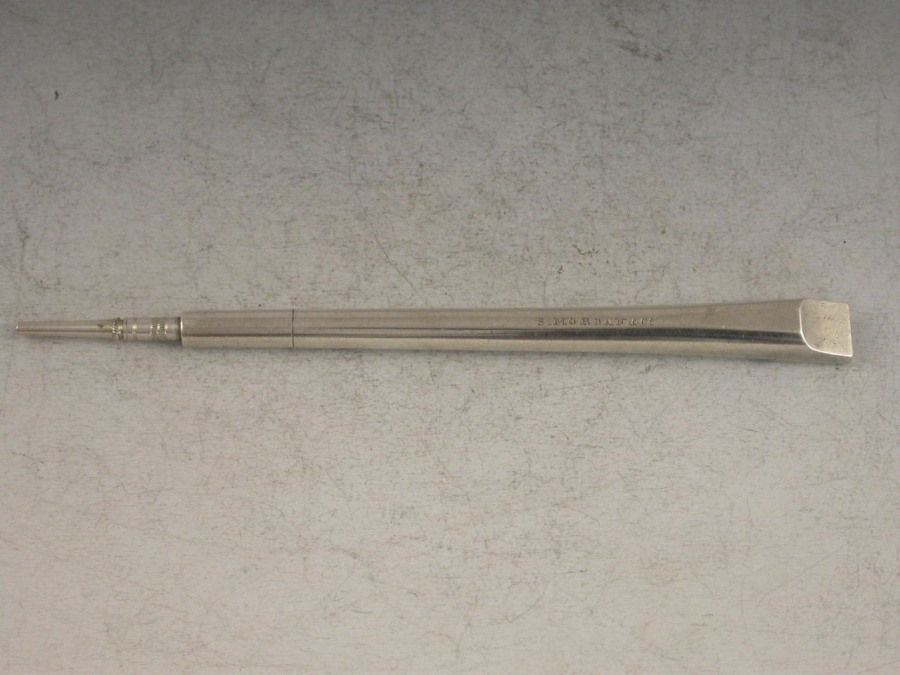
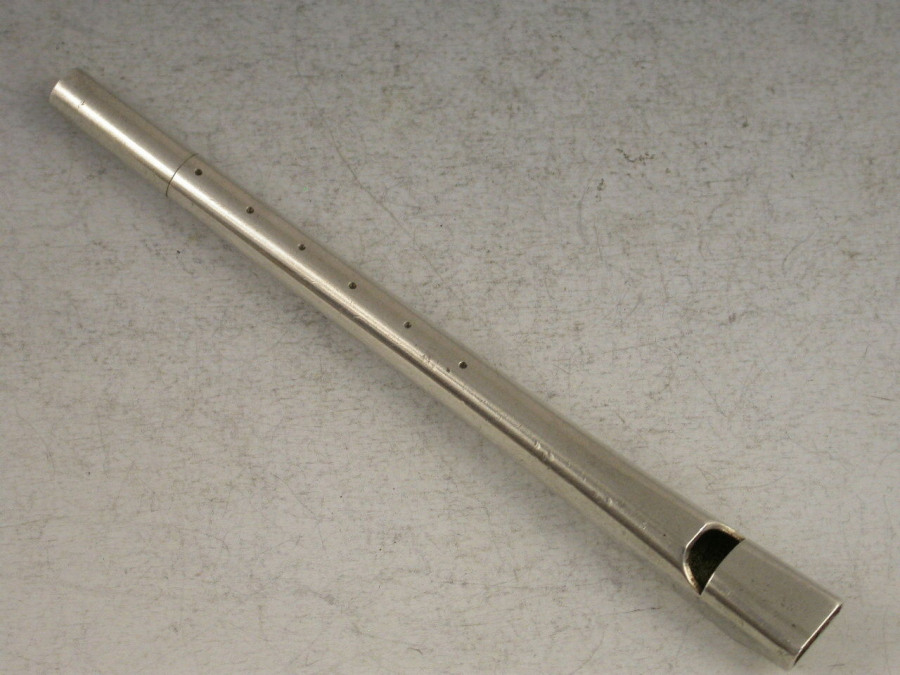
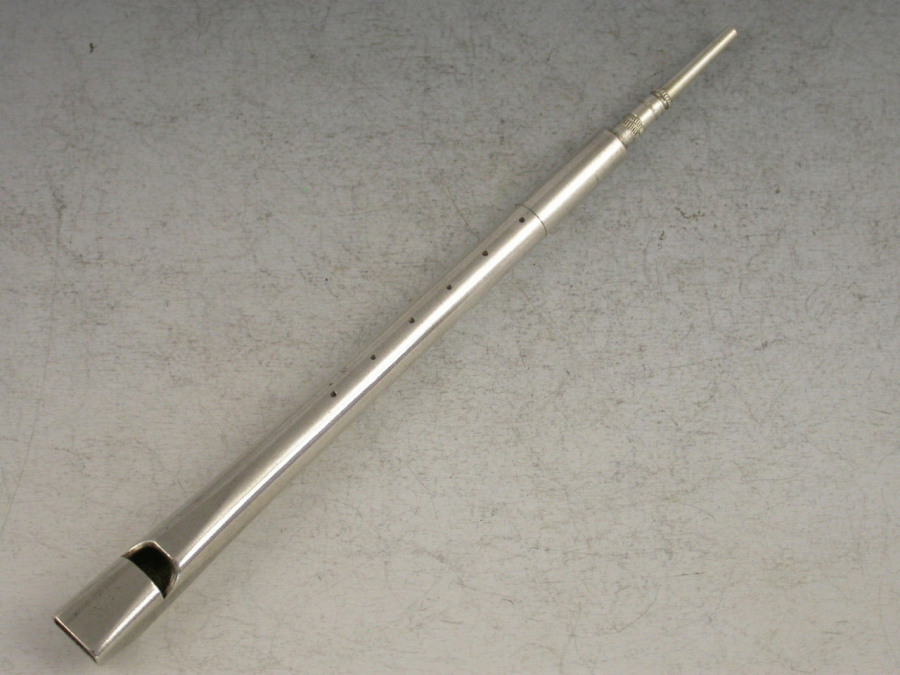


A rare Victorian novelty silver Propelling Pencil in the form of a Penny or Tin Whistle. Engraved with six dots to simulate the holes. Twist action to propel the pencil.
Stamped: S.Mordan & Co.
The modern penny whistle is indigenous to the British Isles[11] particularly England[11] when factory-made ""tin whistles"" were produced by Robert Clarke from (1840–1882) in Manchester and later New Moston, England. downto 1900, they were also marketed as ""Clarke London Flageolets"" or ""Clarke Flageolets"".[13] The whistle's fingering system is similar to that of the six hole, ""simple system English flutes"" (""simple"" in comparison to Boehm system flutes). The six hole, diatonic system is also used on baroque flutes, and was of course well known before Robert Clarke began producing his tin whistles c. 1843. Clarke's first whistle, the Meg, was pitched in high A and was later made in other keys suitable for Victorian parlour music. The company showed the whistles in The Great Exhibition of 1851.[14] The Clark tin whistle is voiced somewhat on an organ-pipe with a flattened tube forming the lip of the fipple mouthpiece[15] and is usually made from rolled tin sheet or brass. Manufactured tin whistles became available no earlier than 1840, and were mass produced and widespread due to their relative affordability.
85mm closed x 105mm open.
Sold - £450.00
